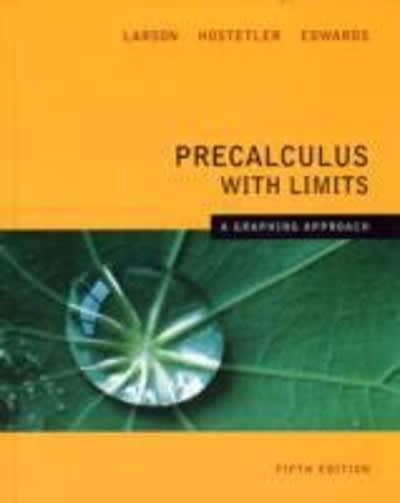Answered step by step
Verified Expert Solution
Question
1 Approved Answer
Module 4 Discussion Worksheet - 3 3 f(t) -2 2 0 5 0 2 =1 =1 -2 Graph of f (t) Blank axes for sketching


Step by Step Solution
There are 3 Steps involved in it
Step: 1

Get Instant Access to Expert-Tailored Solutions
See step-by-step solutions with expert insights and AI powered tools for academic success
Step: 2

Step: 3

Ace Your Homework with AI
Get the answers you need in no time with our AI-driven, step-by-step assistance
Get Started


